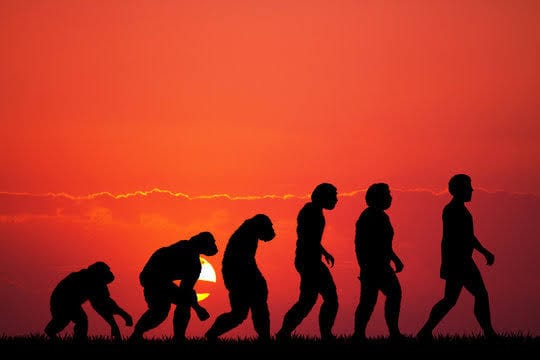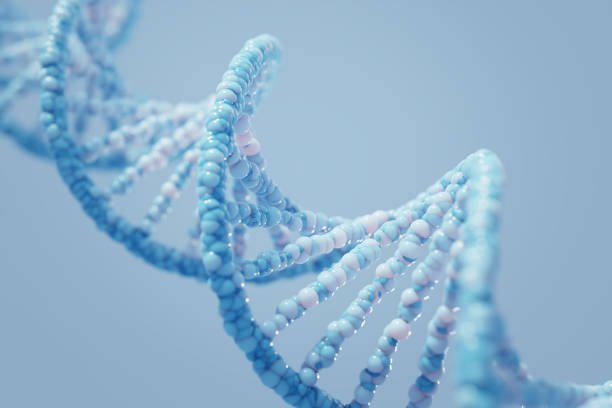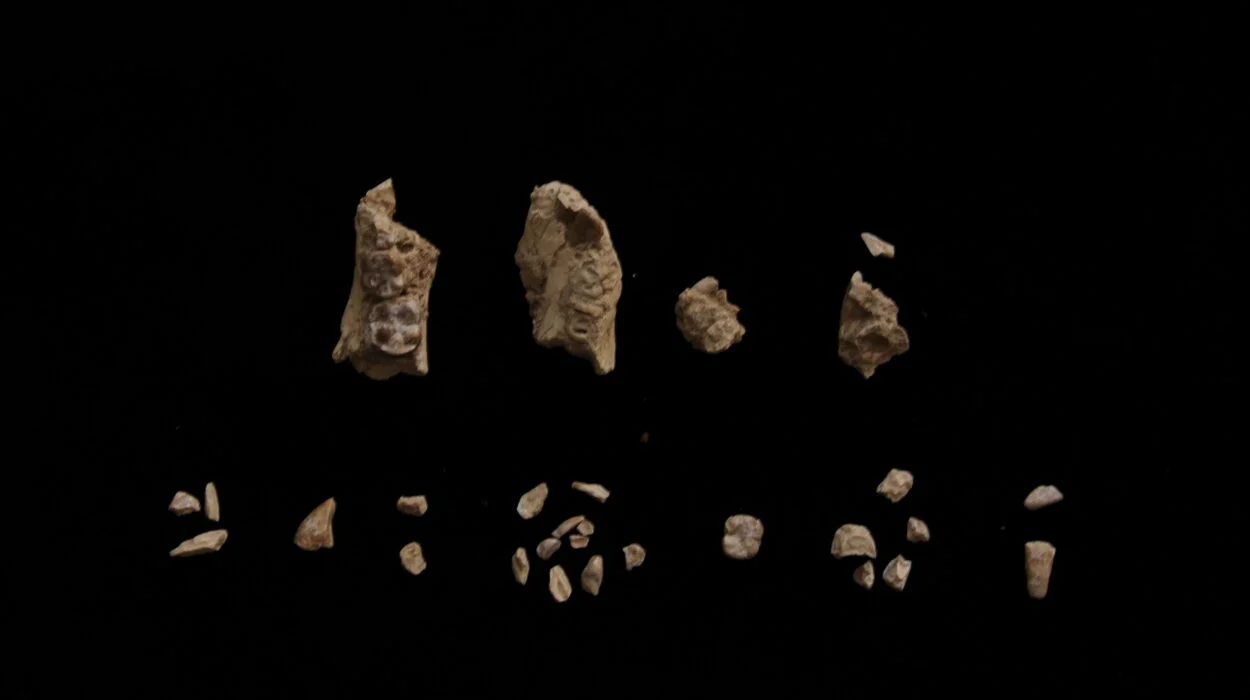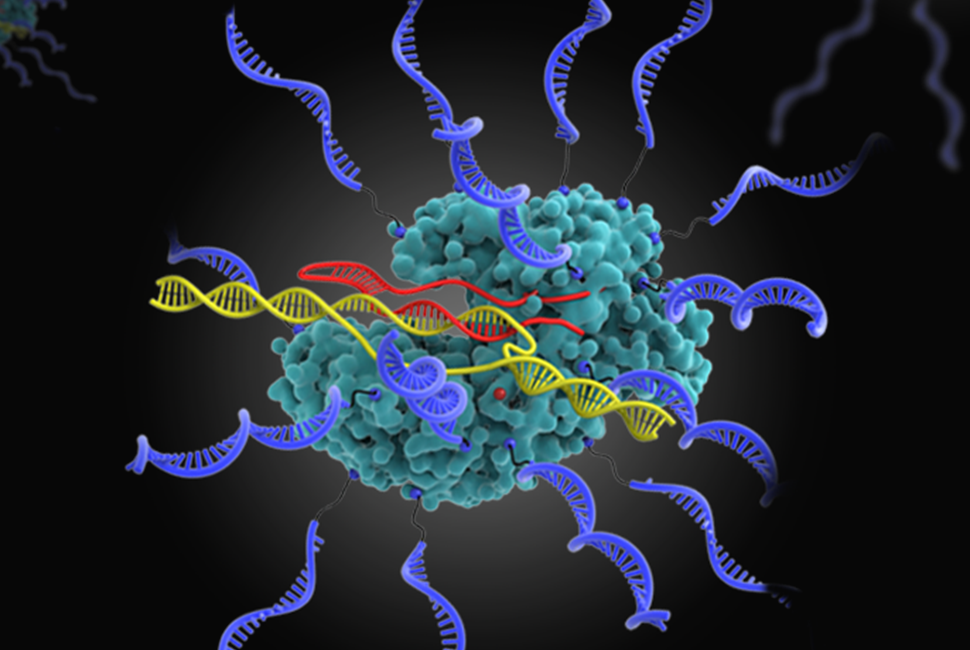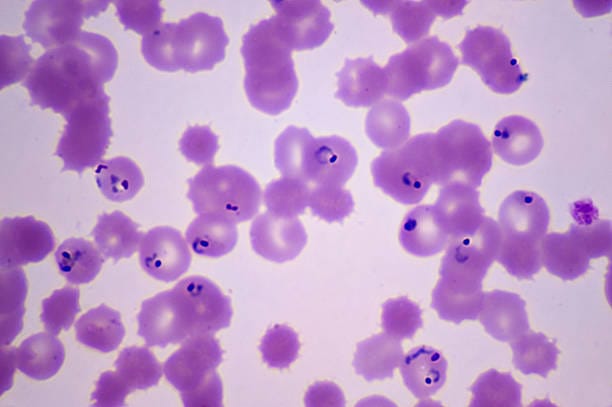For thousands of years, we have told ourselves that we are the pinnacle of evolution—the apex species, the final product of nature’s grand experiment. With our skyscrapers and spacecraft, with our vaccines and algorithms, it’s tempting to think that we’ve outgrown evolution, that the subtle sculptor of natural selection has packed up its tools and left us to our own devices.
But that assumption is not only arrogant—it’s wrong.
Evolution never stops. The process that transformed fish into mammals, apes into humans, continues quietly within us. Every generation carries mutations, tiny changes in DNA that, under the right circumstances, can ripple across populations. Natural selection may have lost some of its ancient grip in a world where medicine and social safety nets protect the weak, but evolution has other modes: sexual selection, genetic drift, cultural evolution, gene flow.
And so we must ask: What’s next for Homo sapiens?
Will we change beyond recognition—or not at all? Will we remain flesh and blood—or become something else entirely?
The future of human evolution isn’t science fiction. It is a scientific inevitability. And it’s unfolding all around us, even if we don’t yet recognize the signs.
A World That Shapes Us Differently
Our ancestors evolved under the open sky—hunting, gathering, and surviving in a dangerous world of predators and famine. Their bodies were tuned for endurance, their brains honed for social cooperation, their guts designed to digest unprocessed food. But modern humans live in a radically different environment.
Today, most of us are no longer struggling to find enough food—we’re battling the effects of too much. Our diets are rich, our lives sedentary, and our nights bright with artificial light. We navigate digital worlds more than physical ones. We are surrounded not by wolves and rival tribes, but by screens, satellites, and algorithms.
This mismatch between ancient biology and modern lifestyle is already having consequences. Rising rates of obesity, anxiety, and autoimmune disorders suggest that our bodies are struggling to adapt. But this very mismatch is the crucible of future evolution.
The forces acting on us today—urbanization, climate change, globalization, and technology—are new, powerful, and relentless. And they are beginning to mold the human species in subtle but profound ways.
Genetic Evolution: Slow but Steady
One misconception about evolution is that it always takes millions of years. But given the right conditions—strong selection pressures, isolated populations, and reproductive differences—change can come much faster.
We already have examples.
In Tibet, high-altitude populations have evolved genetic traits that allow them to thrive in low-oxygen environments. In West Africa, certain groups carry mutations that offer resistance to malaria. In parts of Europe, the ability to digest lactose in adulthood evolved only about 7,500 years ago—a blink of an eye in evolutionary terms.
Now, consider the modern world. We live in a global web of culture, but our genetics are still subject to reproductive patterns. Fertility rates differ dramatically between countries, between social classes, and even between people with different traits. Some studies suggest that taller people may have more reproductive success in certain regions, while in others, intelligence or social status may correlate more strongly.
Over generations, these patterns can accumulate. If individuals with specific traits—whether biological or behavioral—consistently have more children, evolution will nudge the population in their direction.
And then there are mutations. Every human being is born with roughly 60 to 100 new mutations. Most are harmless, some are deleterious, but a few might be beneficial under future conditions. Imagine a mutation that allows better metabolism of processed food, or one that increases resistance to chronic stress. Over time, such mutations could spread.
We may not notice these shifts year to year. But evolution is like a tide, not a wave. It lifts populations slowly, until one day, we look back and realize we’ve changed.
The Power of Culture and the Rise of Soft Evolution
Yet in today’s world, biology alone does not tell the whole story. Cultural evolution—the transmission of behaviors, ideas, and technologies—is now the dominant force shaping human life.
Unlike genetic evolution, which moves at the pace of generations, culture can transform societies in mere decades. Language, social norms, technology, and knowledge can spread across the globe in the time it takes to go viral. Cultural evolution does not replace genetic evolution—it works alongside it, and sometimes against it.
Take glasses, for example. In the past, poor vision might have been a serious handicap, potentially limiting survival or mating opportunities. But now, corrective lenses allow people with severe myopia to live perfectly normal lives. As a result, genes associated with nearsightedness may spread, because the selective pressure has been removed. In this case, culture has changed the fitness landscape.
Likewise, medical interventions allow people with genetic diseases to survive and reproduce, which would have been impossible in the past. This does not mean evolution has “stopped”—it means the rules have changed. The gene pool now includes a wider diversity of traits, which may create new evolutionary paths in the future.
Soft evolution, as some researchers call it, is evolution modified by cultural safety nets. It introduces complexity and unpredictability. Traits that would once have been weeded out now persist. Traits that once had no relevance may become advantageous in the digital age.
For instance, social media navigators, multitaskers, or people with unusually high dopamine sensitivity may find advantages in certain careers or environments. These psychological traits—many of which have a heritable component—could shape future generations in ways we can barely imagine.
Sexual Selection and the Evolution of Desire
If natural selection is about survival, sexual selection is about attraction. And it is a powerful force.
Throughout evolutionary history, mate choice has shaped traits from peacock feathers to human intelligence. In our species, sexual selection has likely played a role in the evolution of music, humor, creativity, and even morality—traits that make individuals more appealing as partners.
Today, the landscape of sexual selection is transforming. Online dating platforms, global migration, and social liberalization have reshaped the rules of attraction. Algorithms match people based on traits that may have little to do with evolutionary fitness. Physical appearance, education level, political views, and even emoji use now play roles in mate selection.
This raises fascinating possibilities. What if our mating preferences change over time, influenced by media, culture, or artificial intelligence? What traits will become more desirable, and thus more common?
There is speculation that traits like empathy, communication skills, or emotional intelligence could be selected for in an increasingly interconnected world. Others argue that in an age of status anxiety and hyper-competition, traits associated with ambition or dominance may prevail.
Whatever the direction, the way we choose our partners is a powerful evolutionary filter. And as our preferences evolve, so too will we.
The Genetic Revolution: Evolution by Choice
There is another, far more radical possibility: that the future of human evolution will not be driven by nature at all—but by ourselves.
The advent of gene editing technologies like CRISPR has given humanity an unprecedented power: the ability to rewrite our own genetic code. While current applications are largely limited to correcting rare genetic disorders, the implications are vast.
In the not-so-distant future, we may be able to enhance memory, increase muscle mass, slow aging, or even select for personality traits. Germline editing—modifications made to sperm, eggs, or embryos—would allow these changes to be passed down to future generations.
This opens a Pandora’s box of ethical, social, and philosophical dilemmas. Who decides which traits are desirable? Will genetic enhancements be available to all, or only to the wealthy? Will “designed” humans be seen as superior? Could we split into genetic castes?
And yet, the temptation will be immense. If we can reduce suffering, prevent disease, and enhance quality of life, many will argue that we have a moral obligation to do so.
Should this technology become widespread, evolution will no longer be a blind process. It will be directed—a form of artificial selection with humans as both the selector and the selected.
This would mark a profound shift. For the first time in history, our species would be evolving with full awareness of the process. We would become both the sculptor and the stone.
Technology, Cyborgs, and the Merging of Flesh and Machine
But perhaps we won’t stop at editing our genes. Perhaps we’ll go further—beyond biology altogether.
Already, we are integrating machines into our bodies. Cochlear implants restore hearing. Brain-machine interfaces allow paralyzed individuals to move robotic limbs. In time, such technologies may become not just therapeutic, but augmentative.
What happens when we can upload knowledge directly into the brain? Or enhance memory with neural chips? Or connect our minds to vast networks of information?
Transhumanists envision a future where humans are enhanced by technology in ways that blur the line between man and machine. Exoskeletons, synthetic organs, digital minds—these are not science fiction anymore. They are engineering challenges.
The evolutionary implications are staggering. If some individuals become vastly more capable through technological augmentation, they may outcompete others in ways that traditional evolution could never account for.
Eventually, we may reach a point where the biological human is no longer the norm. We may become cyborgs—not in the dystopian sense, but as a new evolutionary stage. We will not have evolved to adapt to our environment; we will have changed our environment to suit ourselves, and changed ourselves to master it.
Space: The Final Evolutionary Frontier
There is one force that could radically accelerate human evolution: migration into space.
If humans establish permanent colonies on Mars, the Moon, or other celestial bodies, the conditions of those environments will exert new selective pressures. Gravity, radiation, atmospheric differences—all will shape the physiology of future humans.
On Mars, for instance, the lower gravity might favor taller, thinner bodies. The higher radiation could select for better DNA repair mechanisms. Limited resources might change social behaviors, favoring cooperation and frugality. Over generations, Martian humans could diverge from Earthlings—not just culturally, but biologically.
We may even choose to pre-adapt ourselves through gene editing or technological enhancements before setting foot on other worlds. This would represent a new form of evolution: anticipatory adaptation, guided by our understanding of biology and environment.
As we spread through the solar system and beyond, isolation could lead to speciation—the formation of entirely new branches of humanity. Just as Homo sapiens once shared the planet with Neanderthals and Denisovans, future Earthlings may find themselves kin to Martians, Jovians, or even interstellar nomads.
Evolution would continue, not in one direction, but in many. Humanity would become a tree, not a line.
What Will We Become?
It’s tempting to imagine the future human as a single form: taller, smarter, more symmetrical, perhaps with glowing eyes and flawless skin. But evolution rarely moves in one direction. It branches, adapts, and improvises.
The future of human evolution is unlikely to produce a single, perfect species. More likely, it will lead to greater diversity—biological, cultural, technological, and even post-biological.
Some humans may remain close to our current form, evolving slowly through natural selection. Others may embrace genetic engineering, creating designer offspring with traits optimized for specific environments or desires. Still others may merge with machines, becoming digital entities unbound by biology.
There may be humans who never leave Earth, and others who live in orbit, on the Moon, or deep in the oceans. Some may live for centuries, others may modify their minds to experience time differently. Consciousness itself may evolve—expanded, fragmented, or shared.
We may not even recognize future humans as “human” in the way we understand it now. And yet, they will carry our legacy—the same spark of curiosity, the same drive to explore, to adapt, to transcend.
The Evolution of Purpose
At the heart of all this speculation lies a deeper question: What is the purpose of our evolution?
Is it survival? Mastery of the environment? The conquest of death? Or something more intangible—wisdom, compassion, beauty?
Darwin’s theory tells us how evolution works, but not why it matters. That part is up to us. We are the first species in Earth’s history to understand evolution, to shape it consciously, and to ponder its meaning.
Our choices—about medicine, reproduction, technology, ethics—will determine not just what we become, but who we are. Evolution is no longer just a biological process. It is a moral one.
The future of human evolution is not written in the stars. It is being written in our labs, our laws, our hearts.
We are still evolving. The question is: toward what?
